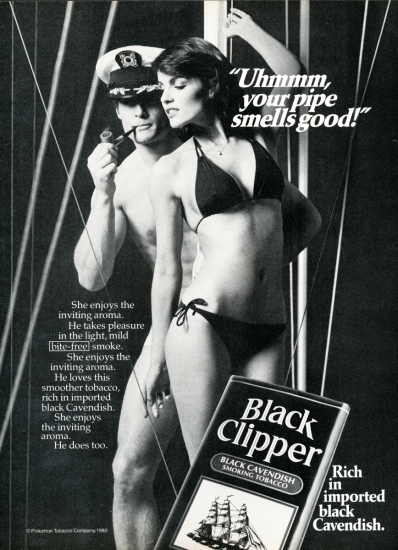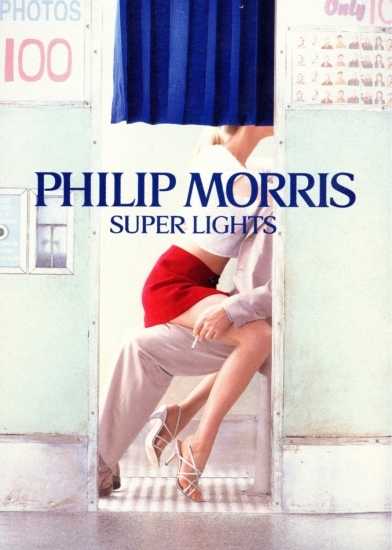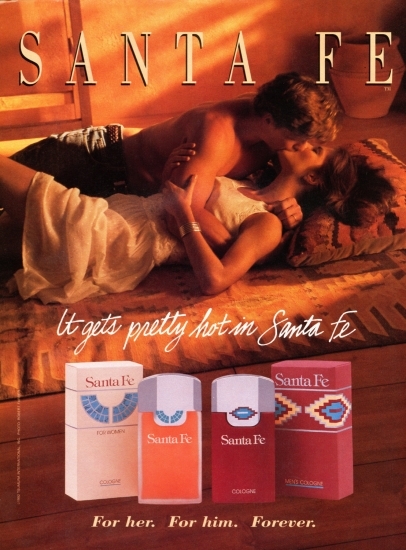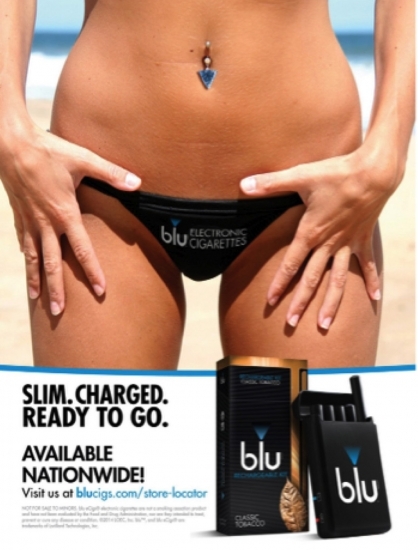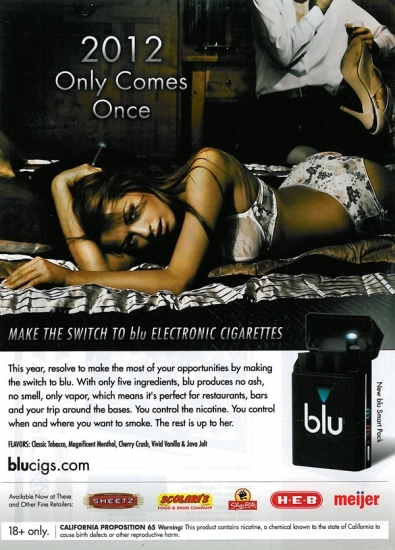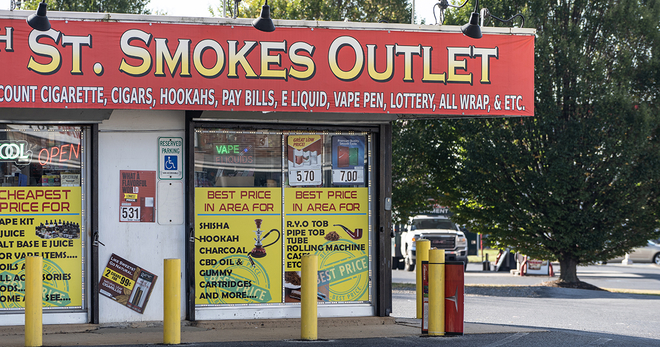Sex sells: A look at the tobacco industry’s use of sexual themes to sell products
An ad for Greys cigarettes, from 1937, displays two images side by side: the first of a man with a drooping cigarette before smoking Greys, and the other of the same man with a perked-up cigarette after smoking Greys. The sexually suggestive nature of the ad is an early example of a longstanding tobacco advertising strategy.

Sex appeal began to play a role in selling tobacco products in the 1880s, when cigarette manufacturers put pictures of women in lingerie on cardstocks that were placed in cigarette packs (the cardstock was originally used to keep the pack’s shape), according to Stanford Research Into the Impact of Tobacco Advertising.
As the tobacco industry evolved over time, companies continued to use sex to appeal to consumers and associate tobacco products with masculinity and virility. “Tobacco companies know as much as anybody that sex sells,” SRITA said.
These ads often objectify women, use phallic imagery and feature slogans that have sexual references, which are “at times blatantly obvious, and in other moments alluringly subtle,” as SRITA puts it. SRITA found that although tobacco ads with sexual themes are primarily targeted at men, they may manipulate women into believing that using a certain brand makes her sexier or more attractive to men.
The implications in the Greys cigarettes ad — and many others like it, including the selection of examples shown below that range from the 1970s to 2016 — are at odds with the actual health effects of tobacco use. Research has shown that smoking can cause erectile dysfunction in men. Also, while more research is needed, a few studies have suggested a link between nicotine and a lower sex drive in men. Take it from truth®, which is spreading awareness of these health effects with an animated video called “Twinkle Twinkle.”
More in tobacco industry marketing
Want support quitting? Join EX Program
By clicking JOIN, you agree to the Terms, Text Message Terms and Privacy Policy.
Msg&Data rates may apply; msgs are automated.



